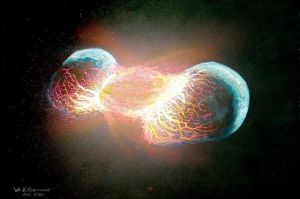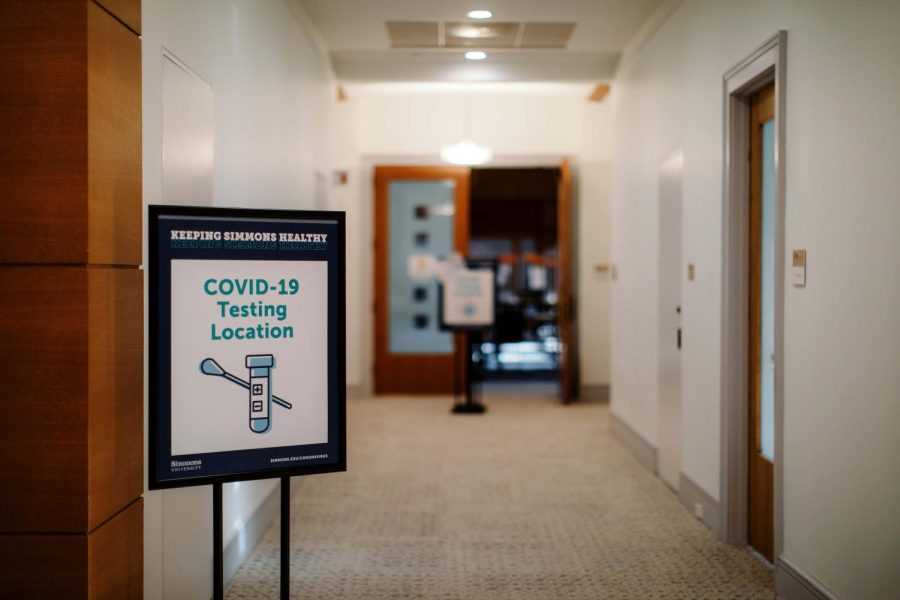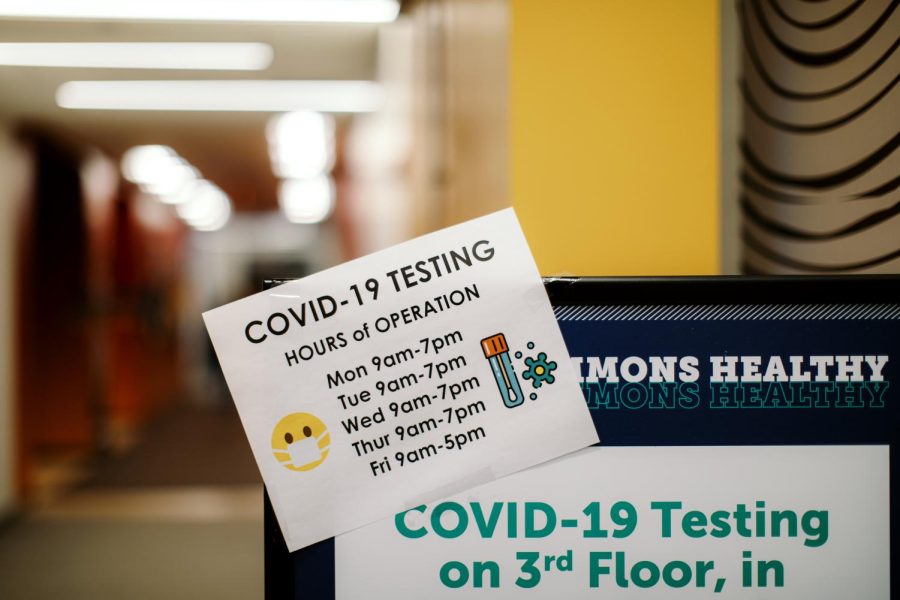By Roxanne Lee
Contributing Writer

Contrary to previous beliefs, new research from UCLA has recently shown that our moon was formed by a head-on collision between Earth and another planet.
This new discovery does not disprove everything we know about the moon’s formation. The moon was formed in a head-on collision between Earth and a “planetary embryo” proto-planet called Theia 100 million years after the Earth formed, around 4.5 billion years ago. The previous school of thought was that Theia hit the Earth at a 45-degree angle, and that the moon was formed from a mix of Earth and Theia.
This new theory, which was proposed in 2012 by Matija Cuk, Sarah Stewart, and Robin Canup, suggests that instead of a sideswipe Theia had a full head-on collision with the ancient Earth. This new finding hinges on the oxygen isotopes found on Earth and the moon.
Seven rocks from the moon brought back during the Apollo mission were compared with volcanic Earth mantle rocks using a mass spectrometer. The origins of the rocks were revealed in their oxygen isotopes.
Isotopes are different forms of the same element. They are atoms with the same number of protons but a different number of neutrons. More than 99.9 percent of Earth’s oxygen atoms are the isotope O-16, so named because each atom has eight protons and eight neutrons. Earth’s oxygen also has small quantities of O-17 and O-18.
The planets in our solar system each have unique ratios of oxygen isotopes, so the isotopes can be used as identifying traits, like a kind of fingerprint.
This new research has found that the oxygen isotope ratio of Earth and the oxygen ratio of the moon are virtually identical, indicating that Theia had to have thoroughly mixed with both the Earth and the moon during the collision, more so than a sideswipe would allow. Theia did not survive the impact, and now large parts of Theia make up Earth and the moon. The size of Theia is still debated over, with some arguing that it was the size of Earth and others saying it was about the size of Mars.
The old theory about the moon being created by a foreign body colliding with Earth is still in place, it’s just the specifics that have been more ironed out with this new research.
























